Sustainable diamonds are gaining popularity as consumers become more conscious of ethical sourcing and environmental impacts associated with traditional diamond mining. This article explores what sustainable diamonds are, their types, benefits, and considerations, ultimately advocating for a shift towards more responsible diamond purchasing.
Understanding Sustainable Diamonds
Sustainable diamonds are those sourced through practices that minimize environmental harm and avoid human rights abuses. Historically, many diamonds have been mined through unethical means, leading to the term “blood diamonds,” which refers to gems mined in war zones and sold to finance conflict. This awareness has prompted consumers to seek alternatives that align with their values.
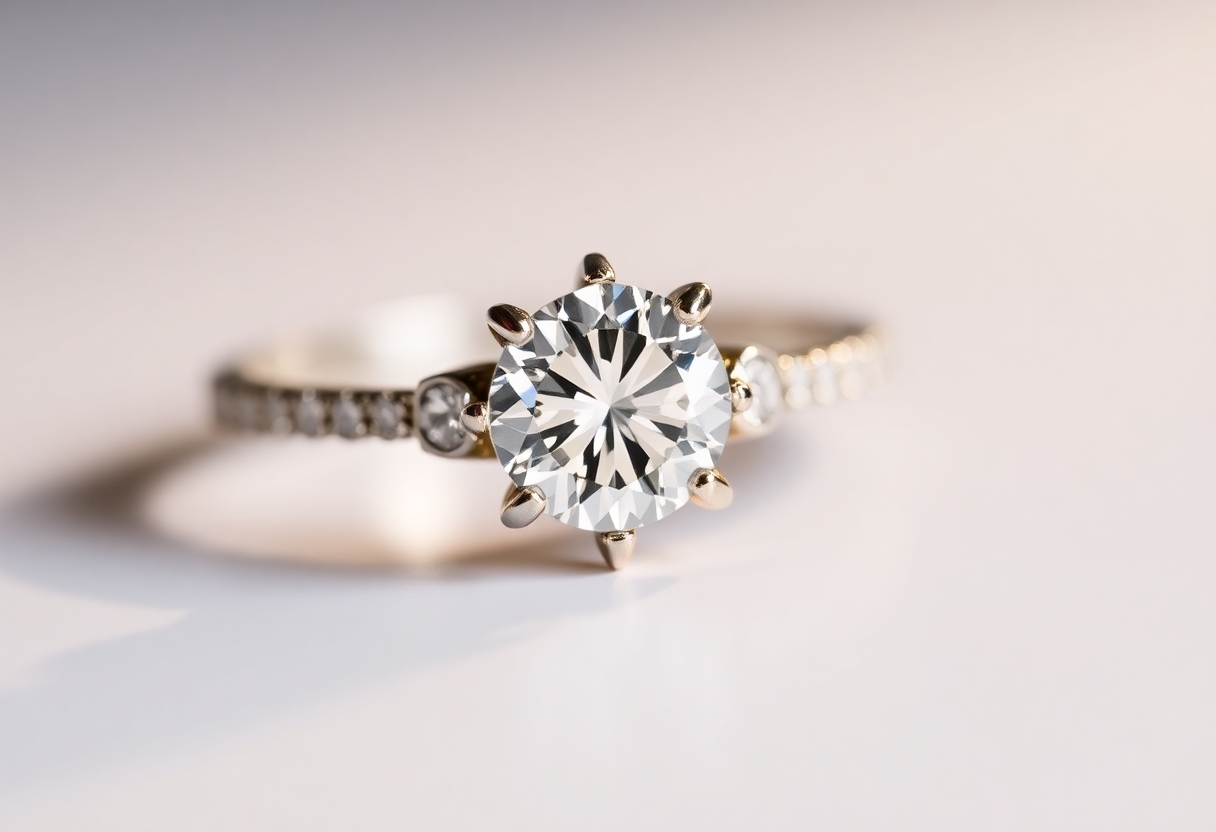
The Environmental Impact of Diamond Mining
The extraction of natural diamonds has significant environmental consequences. For every carat of diamond mined, approximately 200 tons of earth is disturbed, 120 gallons of fresh water is consumed, and 140 pounds of air is contaminated. Additionally, the mining process consumes vast amounts of fossil fuels, contributing to climate change. These statistics highlight the pressing need for more sustainable practices in the diamond industry.
Types of Sustainable Diamonds
There are several categories of sustainable diamonds available to consumers:
- Recycled Diamonds: These are previously owned diamonds that have been reset or recut for new jewelry. While the original sourcing may not have been sustainable, recycling existing diamonds reduces the need for new mining and helps mitigate the negative impacts associated with traditional diamond sourcing.
- Lab-Grown Diamonds: Created in controlled environments that replicate the natural processes of diamond formation, lab-grown diamonds possess the same physical and chemical properties as natural diamonds but are often more affordable. The two primary methods for creating lab-grown diamonds are Chemical Vapor Deposition (CVD) and High-Pressure High-Temperature (HPHT).
- Carbon-Negative Diamonds: Companies like Aether Diamonds produce these by capturing carbon from the atmosphere and transforming it into diamonds. This innovative process not only creates beautiful gems but also helps reduce pollution, removing approximately 15 metric tons of carbon for every carat produced.
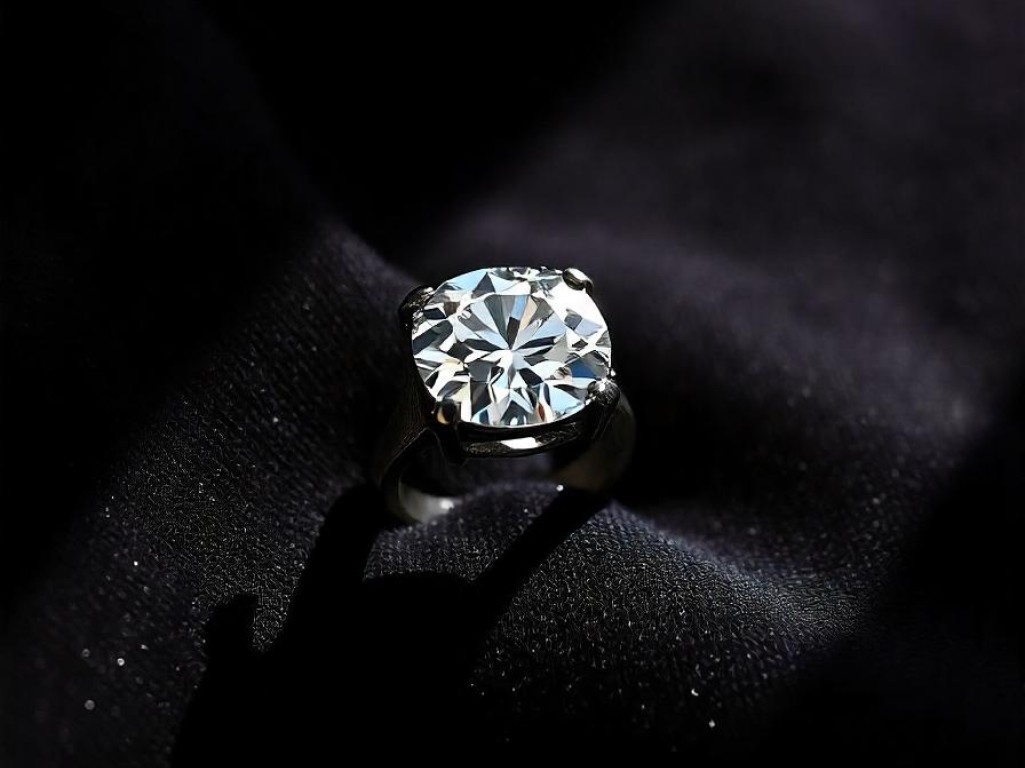
How Lab-Grown Diamonds Are Made
Lab-grown diamonds can be manufactured using two main techniques:
- Chemical Vapor Deposition (CVD): This method involves placing a small diamond seed in a chamber filled with carbon-rich gas. The gas is energized to create plasma, which deposits carbon atoms onto the seed, gradually forming a diamond.
- High-Pressure High-Temperature (HPHT): This technique mimics the natural conditions under which diamonds form by applying extreme pressure and temperature to a diamond seed surrounded by pure carbon.
Both methods result in high-quality diamonds that are virtually indistinguishable from their mined counterparts.
Benefits of Sustainable Diamonds
Purchasing sustainable diamonds offers numerous advantages:
- Ethical Sourcing: Buying sustainable diamonds supports practices that protect human rights and reduce environmental harm associated with mining.
- Cost-Effectiveness: Lab-grown diamonds can be up to 80% less expensive than natural diamonds, making them accessible to a broader range of consumers.
- Quality: Lab-created diamonds often exhibit superior clarity and brilliance compared to some mined stones.
Considerations When Buying Sustainable Diamonds
While sustainable diamonds offer many benefits, there are some considerations to keep in mind:
- Perception: Some consumers may view lab-grown diamonds as less “real” than mined ones despite their identical properties.
- Lack of Vintage Appeal: Lab-grown diamonds do not carry the historical significance that some buyers may seek in traditional stones.
Special Considerations for Consumers
It’s essential for consumers interested in sustainable jewelry to conduct thorough research before making a purchase. Understanding the source of the diamond and ensuring proper documentation can help guarantee ethical practices were followed during its creation.
Three Rules for Buying Sustainable Diamonds
- Ask About Documentation: Always inquire about proper documentation that traces the diamond’s source to ensure ethical practices were followed.
- Engage with Retailers: Don’t hesitate to ask questions about the diamond’s origins until you feel satisfied with the information provided.
- Choose Trusted Jewelers: Shop with reputable jewelers known for their commitment to sustainability and ethical sourcing.
Sustainable diamonds present a compelling alternative to traditional mined stones, offering beauty without compromising ethical standards or environmental integrity. By choosing lab-grown or recycled options, consumers can enjoy stunning jewelry while supporting responsible practices in the diamond industry. As awareness grows about the negative impacts of diamond mining, it is crucial for consumers to make informed choices that align with their values and contribute positively to society and the planet.
In summary, sustainable diamonds not only provide an ethical choice for consumers but also represent a significant step towards a more responsible jewelry market. Embracing these alternatives helps combat human rights abuses and environmental degradation associated with traditional diamond mining while allowing individuals to express love and commitment through beautiful, ethically sourced gems.


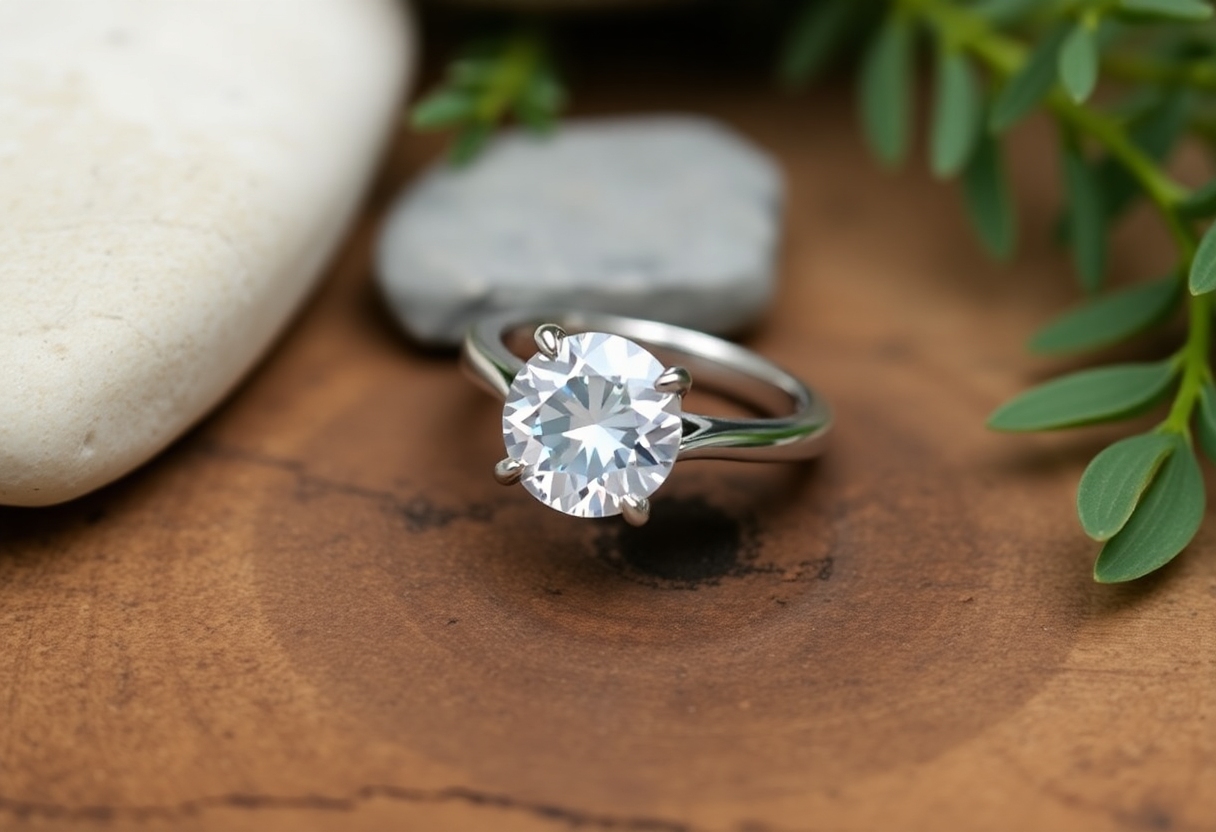
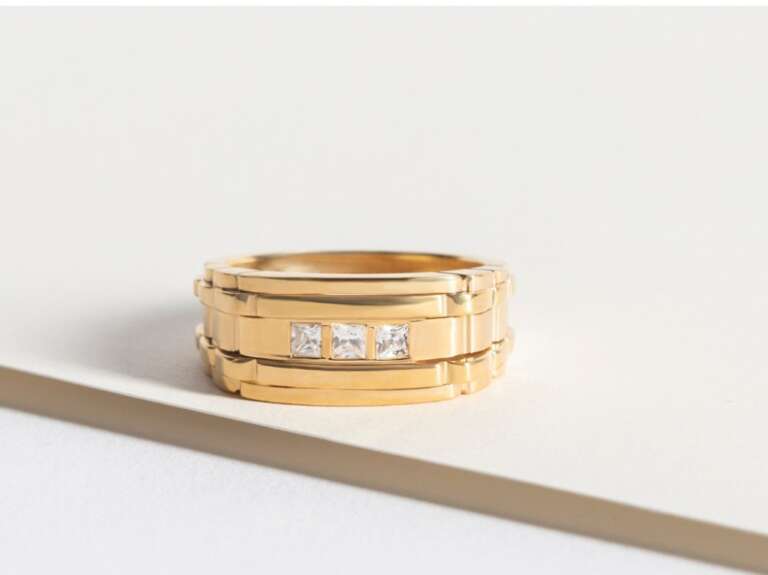

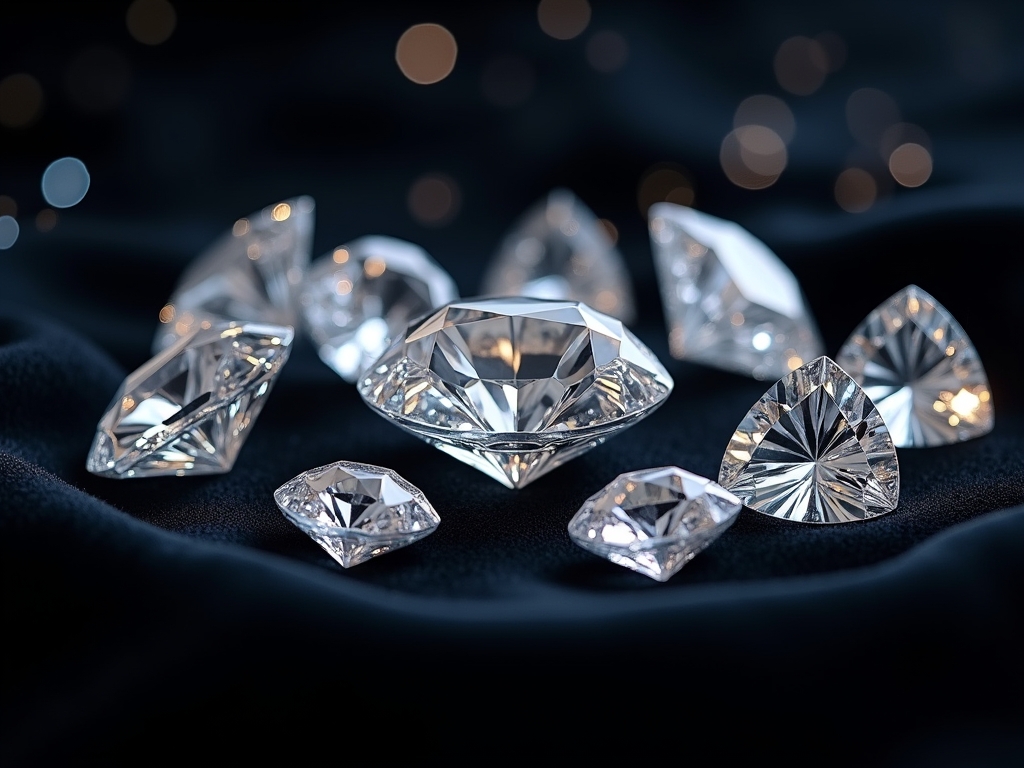
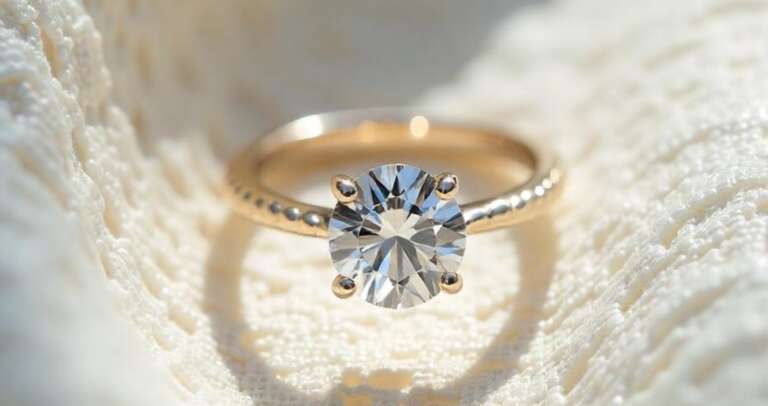
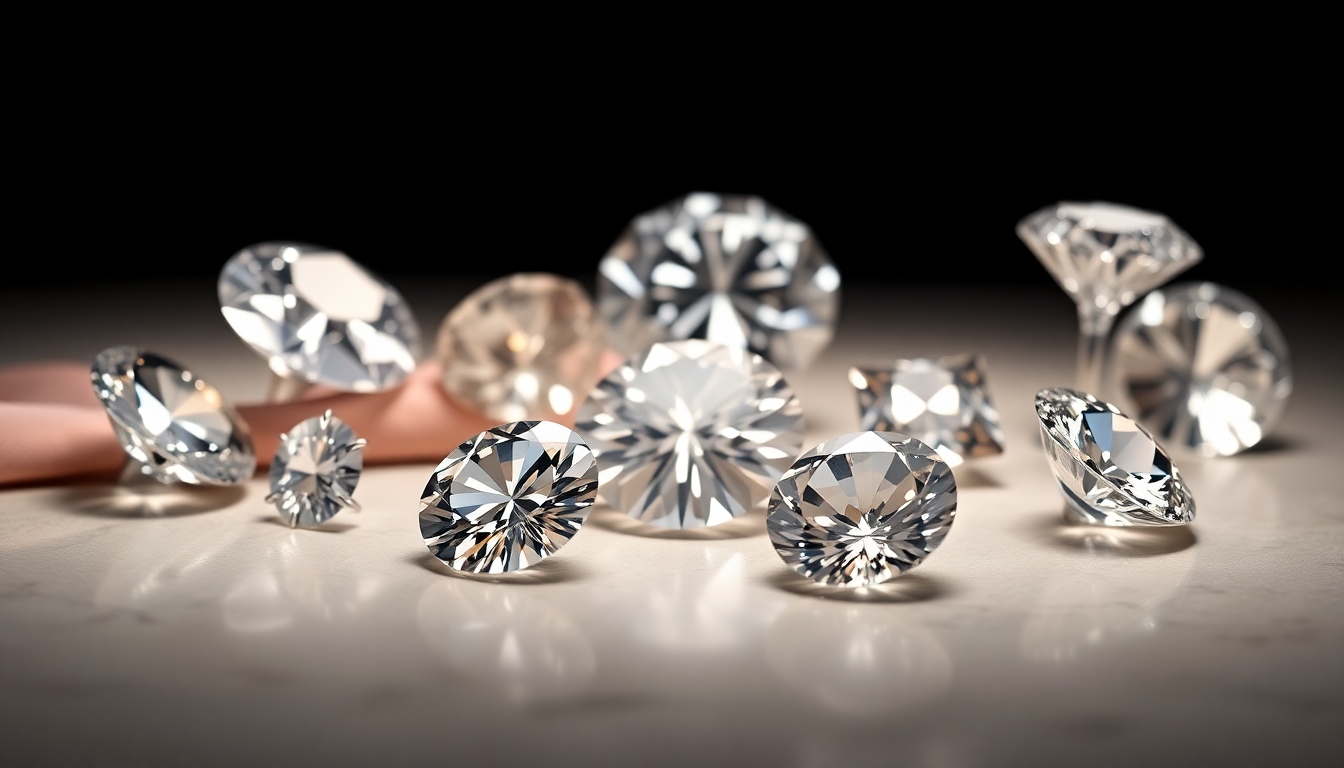
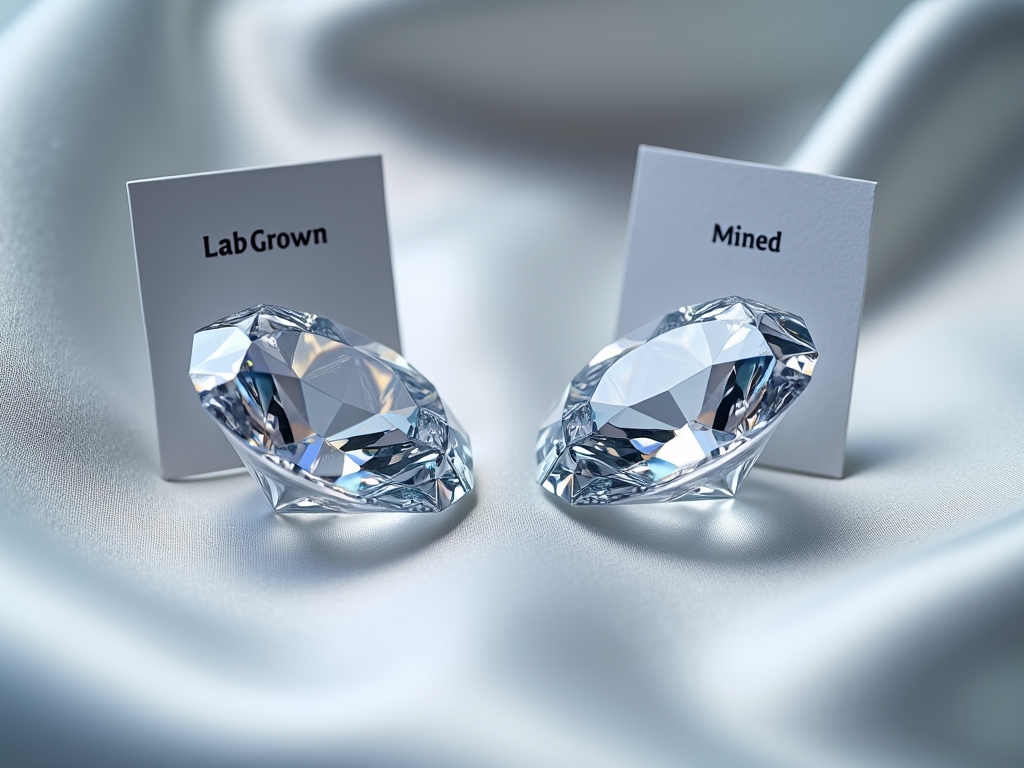
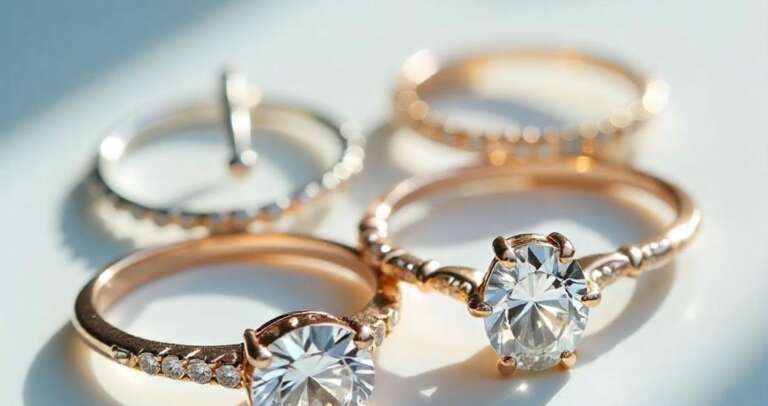
Leave a Comment